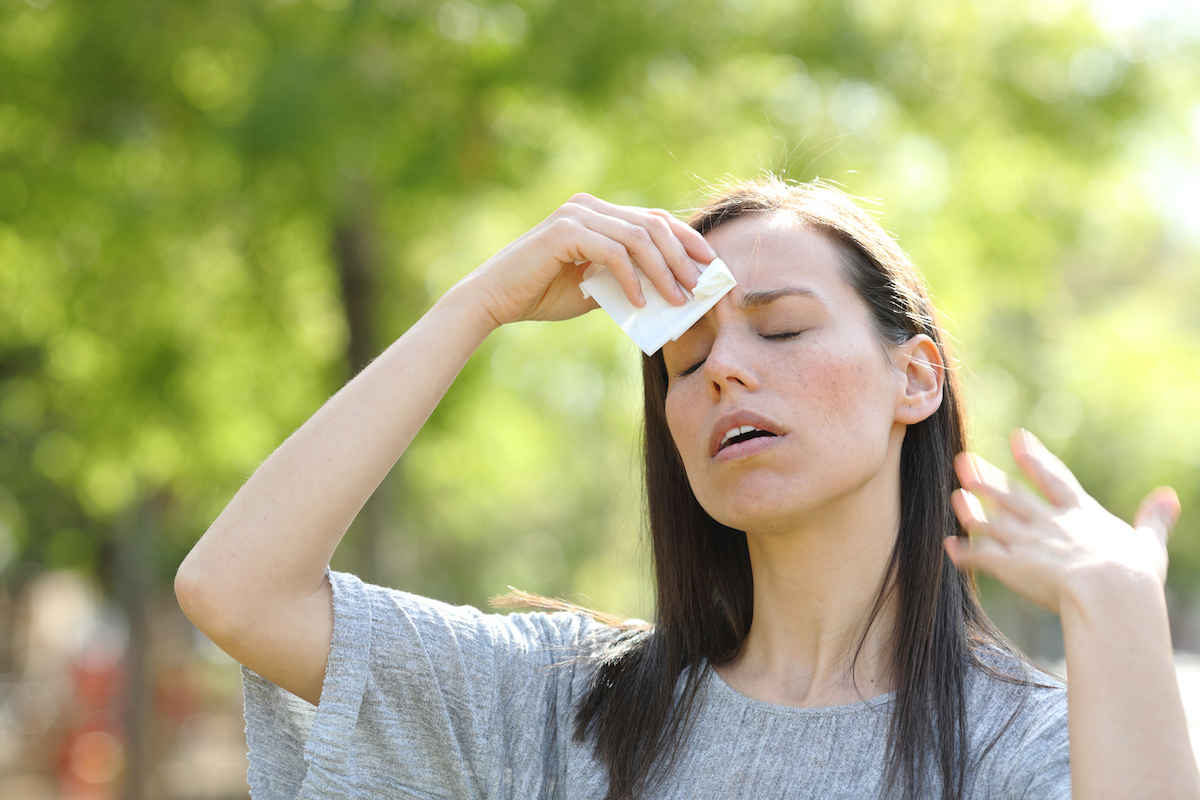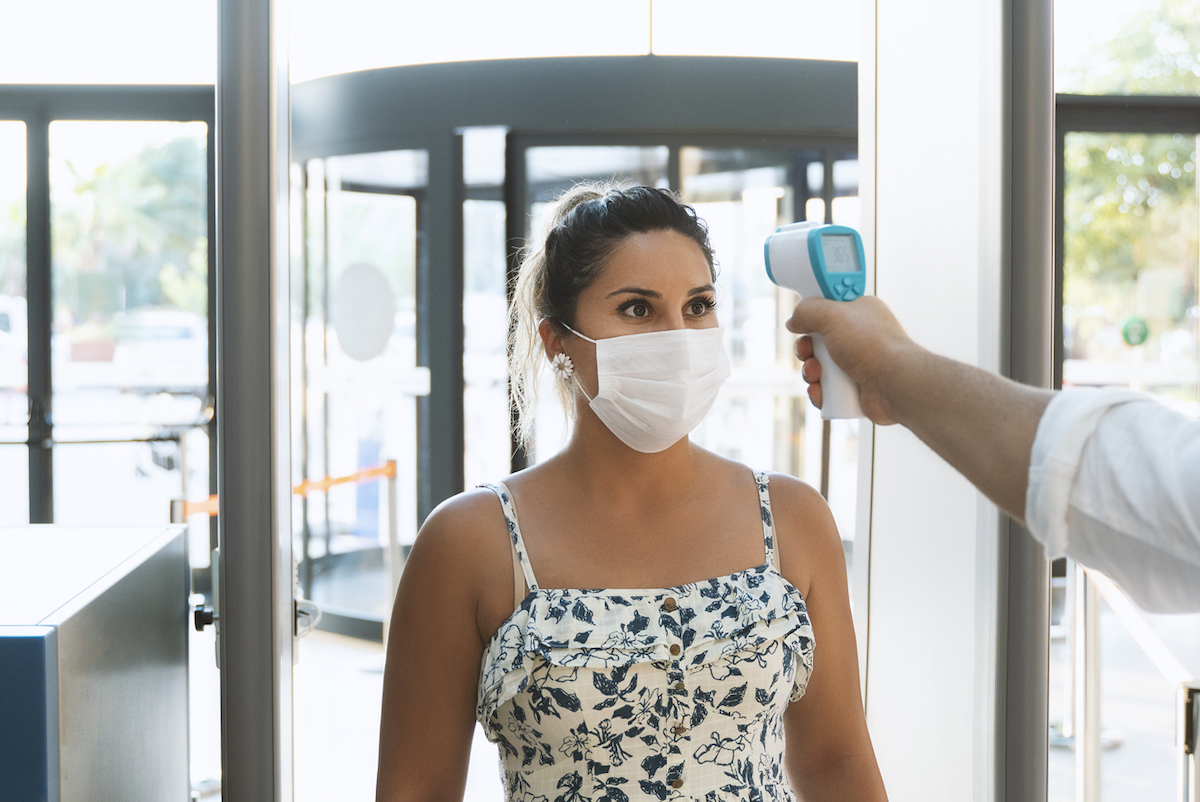Especially as the general public has been more diligent about keeping an eye out for symptoms of the coronavirus, some may have become aware that even when you’re healthy, the thermometer doesn’t always read 98.6—and that isn’t because of a thermometer that’s on the fritz. “Anecdotally, I would say that there are a lot of people who may not be aware that normal temperature is a range, not a fixed number,” Donald Ford, MD, a family medicine physician at Cleveland Clinic in Ohio, told CNN. So how can you be sure you’re getting an accurate reading? Read on to see what’s really making the mercury rise, and for more signs of the virus you should be aware of, check out This Strange Pain Could Be the First Sign You Have COVID, Study Says. Read the original article on Best Life. Few people realize that the widely accepted temperature we hold to be a healthy figure was actually established in the mid-19th century by Carl Wunderlich, a German doctor who analyzed a million temperature readings taken from the armpits of over 1,000 patients to find the average temperature, which was 98.6 degrees. But while being able to recite the figure might make you feel like you’ve taken a page out of a medical school textbook, more modern research has shown that there’s not a magic number that applies to all people. In fact, some studies have found that average temperatures have been lowering overall.ae0fcc31ae342fd3a1346ebb1f342fcb For example, a 1992 study published in the Journal of the American Medical Association (JAMA) that examined the body temperature of 148 patients between the ages of 18 and 40 determined that “[98.6 degrees] should be abandoned as a concept relevant to clinical thermometry.” Instead, the study proposed that temperatures of 98.9 degrees in the early morning and 99.9 in the afternoon should be viewed as the upper limits of healthy patients under the age of 40. And for more on the key signs you could have caught COVID, check out If You Have This Symptom, There’s an 80 Percent Chance You Have COVID. Usually, reaching for a thermometer in the morning means you can already feel you’re running a little warmer than usual. But the Centers for Disease Control and Prevention (CDC) defines a fever as having “a measured temperature of 100.4 degrees Fahrenheit [38 degrees Celsius] or greater, or feels warm to the touch, or gives a history of feeling feverish,” meaning even that numerical threshold is open to some interpretation. And for more on the signs to be aware of, check out The Most Common COVID Symptoms, According to Those Who Had It. It’s not just viruses that can cause your temperature to fluctuate, either. As anyone who has spent time working outdoors in hot weather or freezing conditions has experienced, there are a lot of different variables that can affect the readings on the thermometer you’re using. Besides extreme ambient temperatures, having something hot or cold to eat or drink can affect readings for up to 40 minutes, CNN reports. On the other hand, taking over the counter medications such as ibuprofen or acetaminophen could be masking any fever you would be experiencing otherwise. To tell if you’re truly sick, sometimes the best method can be to sleep on it. “If there’s nothing else going on, it usually will go away and go back normal overnight,” Waleed Javaid, MD, the director of infection prevention and control at Mount Sinai Downtown in New York explained, to CNN. “Fever versus body temperature fluctuation is a totally different thing. … Usually, you don’t feel any difference between your higher temperature time and low temperature time.” And for more health tips and COVID updates delivered right to your inbox, sign up for our daily newsletter. Infrared forehead thermometers may have become popular as spot-checking tools during the pandemic, but medical experts say that there are ways to be more precise in your measurements. “Skin or ear thermometers are easy to use but may be less accurate than oral or rectal thermometers,” Ford told CNN. “Armpit (also called axillary) [is] somewhere in between. The difference is that fever is defined as an elevation of core body temperature, and skin and ear membranes may be more subject to outside temperatures or exercise and may not reflect the core temperature.” Still, there’s nothing wrong with the old fashioned way. “You can always do the oral temperature or putting the thermometer in your mouth,” Javaid explains. “That usually gives you a very good idea.” And for more ways to test whether or not you might be sick at home, know that If You Can’t Smell These 2 Things, You May Have COVID.



